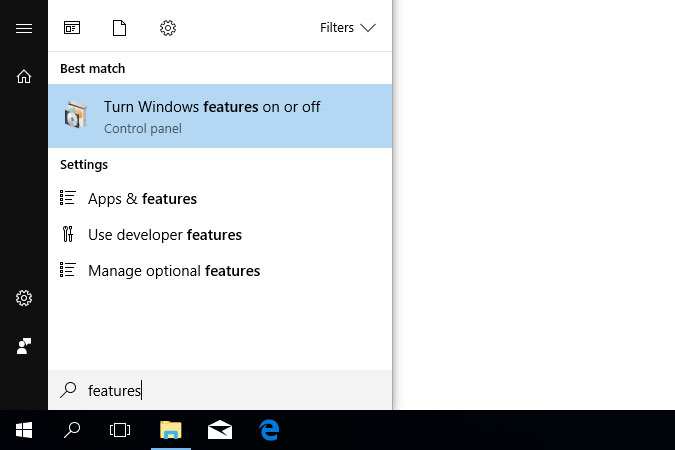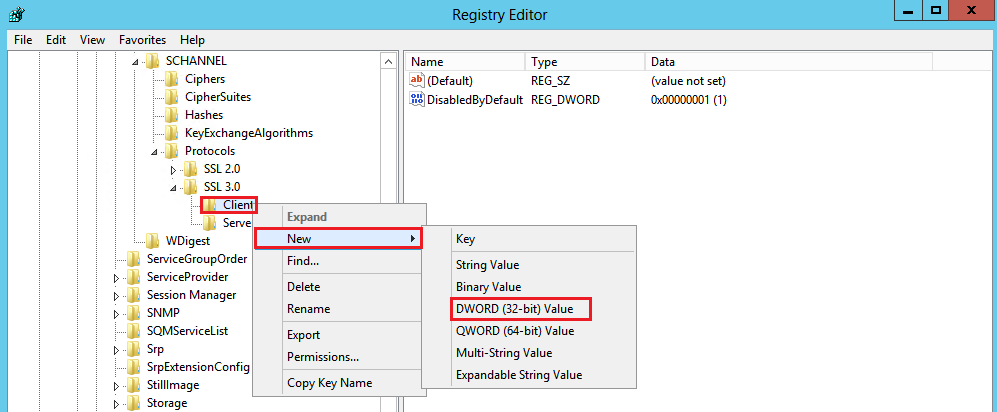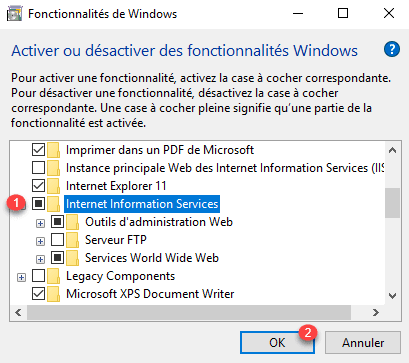

As mentioned above, provided the client and server configuration supports HTTP/2, then IIS will use HTTP/2 (or fallback to HTTP/1.1 if not possible). In a previous Windows Server 2016 Tech Preview blog post, there was a mention of setting a ‘DuoEnabled’ registry key. There are no new IIS configuration settings specific to HTTP/2. If the underlying connection doesn’t support push (client disabled push, or HTTP/1.1 client), the call does nothing and returns success, so you can safely call the API without needing to worry about whether push is allowed.
TURN OFF MICROSOFT IIS WINDOWS 10 WINDOWS 10
On the server, IIS running on Windows 10 or previews of Server 2016 supports HTTP/2. You might be already! Since Almost all browsers already support HTTP/2 in their most current release, and current data shows that over 50% of users are on HTTP/2-capable browsers already. This allows servers to continue providing the latency benefits of inlining, but in a form that the client can cache and reuse on other pages. HTTP/2 introduces the concept of “push” – the server responding to requests the client hasn’t made yet, but it predicts the client will. Inlining has its drawbacks – most notably, that the inlined resource can’t be cached for use on other pages where it might also be referenced. In HTTP/1.1, inlining was used to deliver these resources to clients as part of the first response. If a client asks for one resource, the server can often predict that it will need other resources referenced on the page. This enables clients to make many requests in their first packets on a connection, while TCP flow control windows are still small. (Many of the longest headers are sent with exactly the same value on every request!) HTTP/2 introduces HPACK, a compression scheme for HTTP headers which reduces the redundancy between requests.Ĭompression helps multiplexing, because requests are smaller. Headers, however, are sent as uncompressed text, with a lot of redundancy between requests. HTTP has supported compression of data for ages.

Because a single connection is multiplexed between many requests, the request can usually be sent immediately without waiting for other requests to finish. HTTP/2 sharply reduces the need for a request to wait while a new connection is established, or wait for an existing connection to become idle. By reusing an existing connection instead of setting up a new one, this overhead can be shared by many requests. All this happens before the first byte of the first response can be sent.

If you’re using encryption, the TLS handshake takes another 1-2 round trips. One connection for multiple requestsĮvery TCP connection requires a round trip to set up. In the process, HTTP/2 introduces several additional features that improve the efficiency of HTTP over the network.

In HTTP/2, a persistent connection can be used to service multiple simultaneous requests. The major advance of HTTP/1.1 was the use of persistent connections to service multiple requests in a row. HTTP/2 is a rework of how HTTP semantics flow over TCP connections.
TURN OFF MICROSOFT IIS WINDOWS 10 UPGRADE
HTTP/2 is a major upgrade after nearly two decades of HTTP/1.1 use and reduces the impact of latency and connection load on web servers. Windows 10 is now available, and HTTP/2 support is present in Windows 10 and the Server 2016 Technical Preview. In October, we announced that IIS in the Windows 10 Technical Preview added support for HTTP/2.


 0 kommentar(er)
0 kommentar(er)
